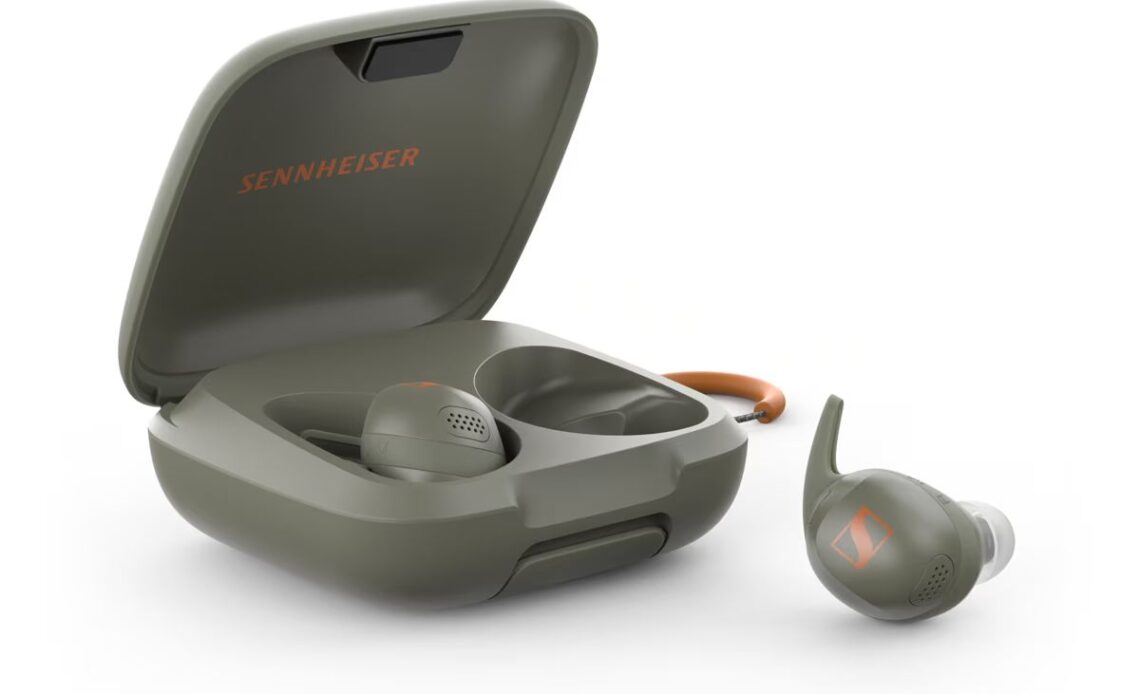This week, the Consumer Electronics Show – better known as CES – is underway in Las Vegas, and while the halls are awash with transparent TVs (seriously), flying surfboards (also true) and AI built into, well, everything, it’s Sennheiser’s new trio of wireless earbuds that have caught our attention.
Of the three new models, it’s the Sennheiser 4 Momentum Sport that piqued our interest the most, because the German brand says it has a built-in heart rate monitor and body temperature sensor.
According to the brand, each earbud integrates a photoplethysmography (PPG) heart rate sensor. This is defined by the National Institute of Health as “a simple and low-cost optical technique that can be used to detect blood volume changes in the microvascular bed of tissue,” and essentially means it uses similar tech to your smartwatch optical heart rate sensor.
For the inbuilt body temperature sensor, the details on the tech powering it are less clear.
Sennheiser says the headphones will transmit all the data it gathers to Apple and Garmin smart watches, Apple Health, Garmin Connect, as well as to Strava, Peloton, as well as Polar’s biosensing Flow app ecosystem.
The future, or a gimmick?
Given the obvious risks of wearing headphones while riding outdoors, and the widely-accepted reduced accuracy of wrist-based optical sensors when compared to chest straps, it’s unlikely that this idea will take over from chest straps. However, for indoor cyclists who are listening to music while riding indoors on apps such as Zwift, this could provide an interesting two-in-one solution. The price – £259.99 / €329.99 – won’t save you much money over buying the items separately, but it will reduce the number of Bluetooth signals you need to connect up (many devices have a limit), and it’s fewer devices you need to remember to charge.
The benefits could bear fruit, too. I’m no medical expert, but given temperature has been measured using ear thermometers by GPs since forever, it’s not too big a stretch to believe that this could work.
There has been a growing understanding in recent years of the correlation between core temperature, heat acclimation and cycling performance. Various teams including Ineos Grenadiers have trialled using the CORE Body Temperature Sensor, which is a small sensor that hooks onto a heart rate strap and sits against the ribcage.
With the rapid growth…
Click Here to Read the Full Original Article at CyclingNews RSS Feed…

